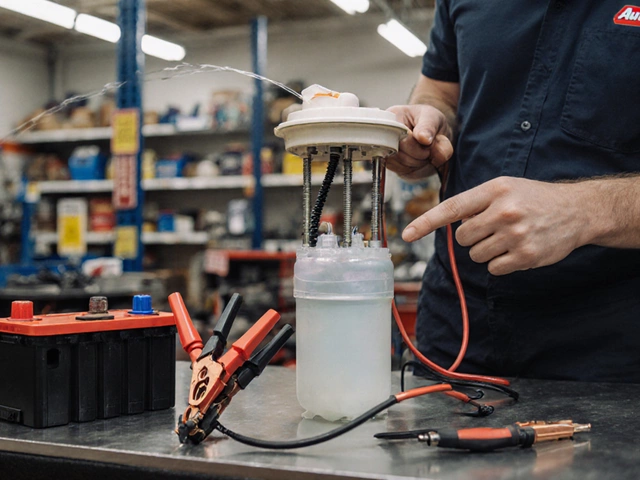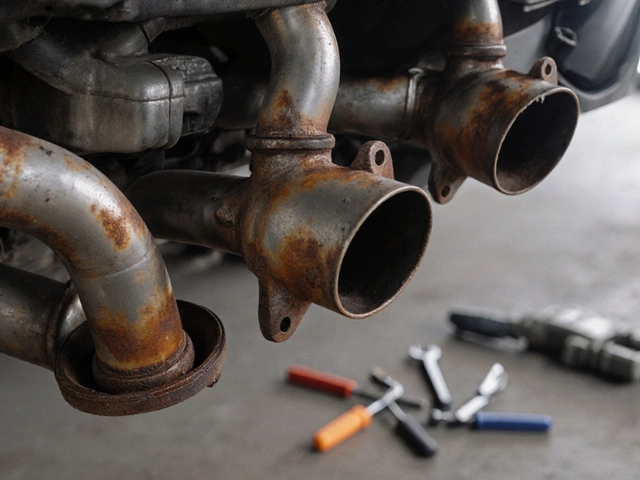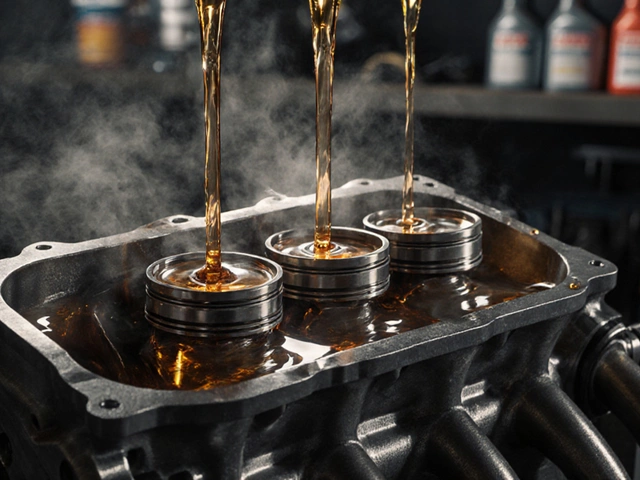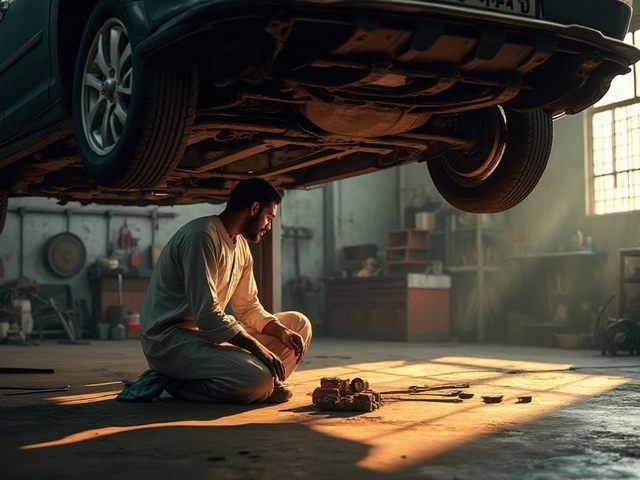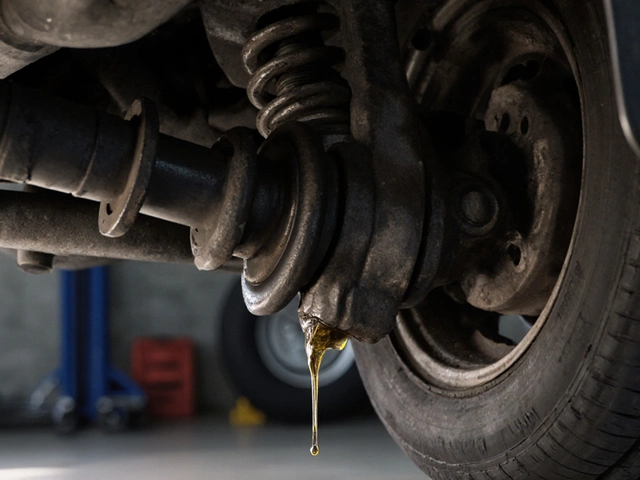Shock Absorber Replacement: Signs, Costs, and What You Need to Know
When your car bounces like a basketball over potholes, or leans too much in turns, it’s not just an annoying ride—it’s a sign your shock absorbers, critical suspension components that control spring movement and keep tires on the road. Also known as dampers, they’re not just there for comfort—they’re safety gear. Without them, your brakes take longer, your tires wear unevenly, and steering gets shaky. You might not notice it day to day, but the damage adds up fast.
Shock absorber failure doesn’t happen overnight. It creeps in. You start hearing clunks, loud, hollow noises when driving over bumps. Also known as suspension noise, this isn’t just annoying—it’s your car telling you the internal valves are worn out. You might feel the front end dive when braking, or the rear hop on rough roads. These aren’t normal. A study by the National Highway Traffic Safety Administration found that worn shocks increase stopping distances by up to 20% on wet pavement. That’s the difference between avoiding a crash and hitting it.
Replacing them isn’t just about swapping parts. It’s about restoring control. Suspension components, including struts, coil springs, and bushings. Also known as vehicle suspension parts, all work together—so if one’s bad, others are likely worn too. That’s why most mechanics recommend checking the whole system when you replace shocks. You don’t want to fix one thing only to have another fail next month.
Costs vary by car, but you’re looking at $150 to $450 per pair for parts and labor. Cheaper shocks might save money now, but they won’t last. Stick with quality brands—OEM or trusted aftermarket like Monroe or KYB. And don’t skip the alignment after replacement. Misaligned wheels from worn shocks will eat through new tires in weeks.
Some people think shocks last 50,000 miles. Others say 80,000. Truth? It depends on your roads, your driving, and your climate. If you drive on gravel, potholes, or salted winter roads, they wear faster. A quick bounce test—press down on each corner of the car and let go—can help. If it bounces more than once or twice, they’re done.
And don’t wait for the noise to get worse. Bad shocks don’t just ruin your ride—they ruin your safety. They make hydroplaning more likely. They reduce traction in rain or snow. They turn a simple maneuver into a loss of control. Replacing them isn’t a luxury. It’s a routine fix, like changing oil or replacing brake pads.
Below, you’ll find real guides from drivers who’ve been there. From how to tell if your shocks are dead, to what sounds they make, to how long replacements take and what parts you really need. No fluff. No theory. Just what works on the road.

How Long Can You Drive With Bad Shocks? Real Risks and When to Replace Them
Driving with bad shocks reduces control, increases stopping distance, and wears out tires faster. Learn the signs, risks, and when to replace them for safety on New Zealand roads.
CONTINUE READING